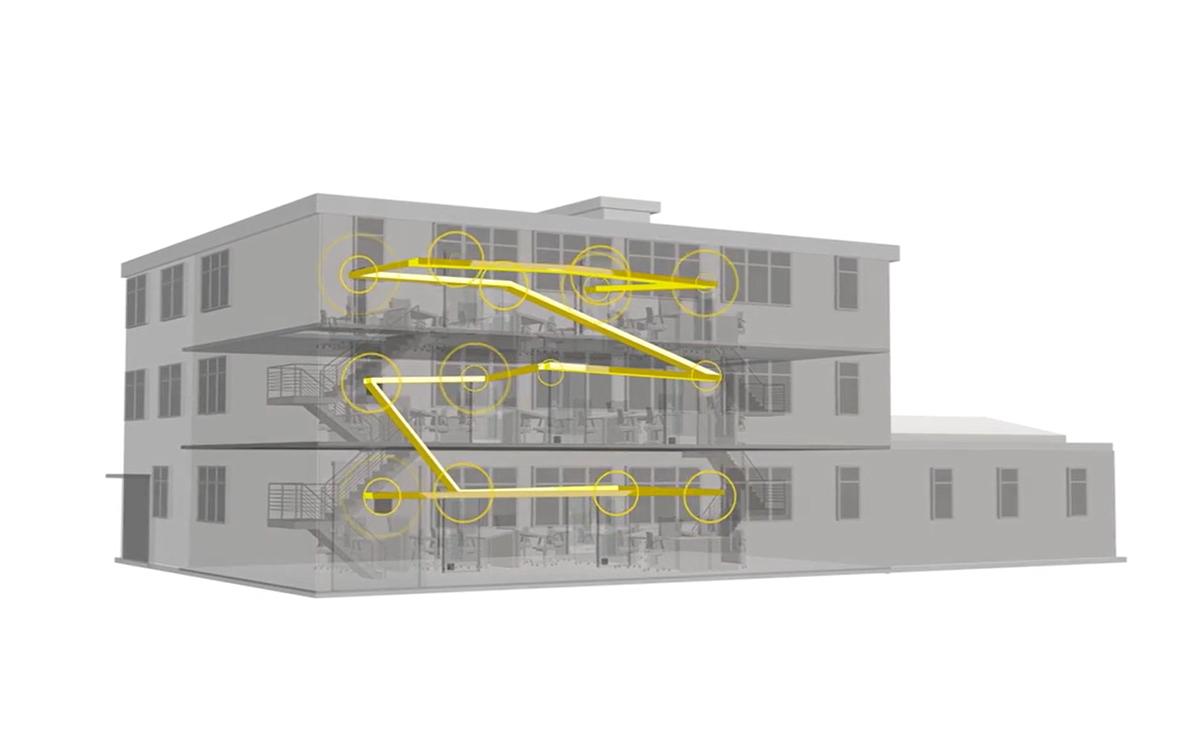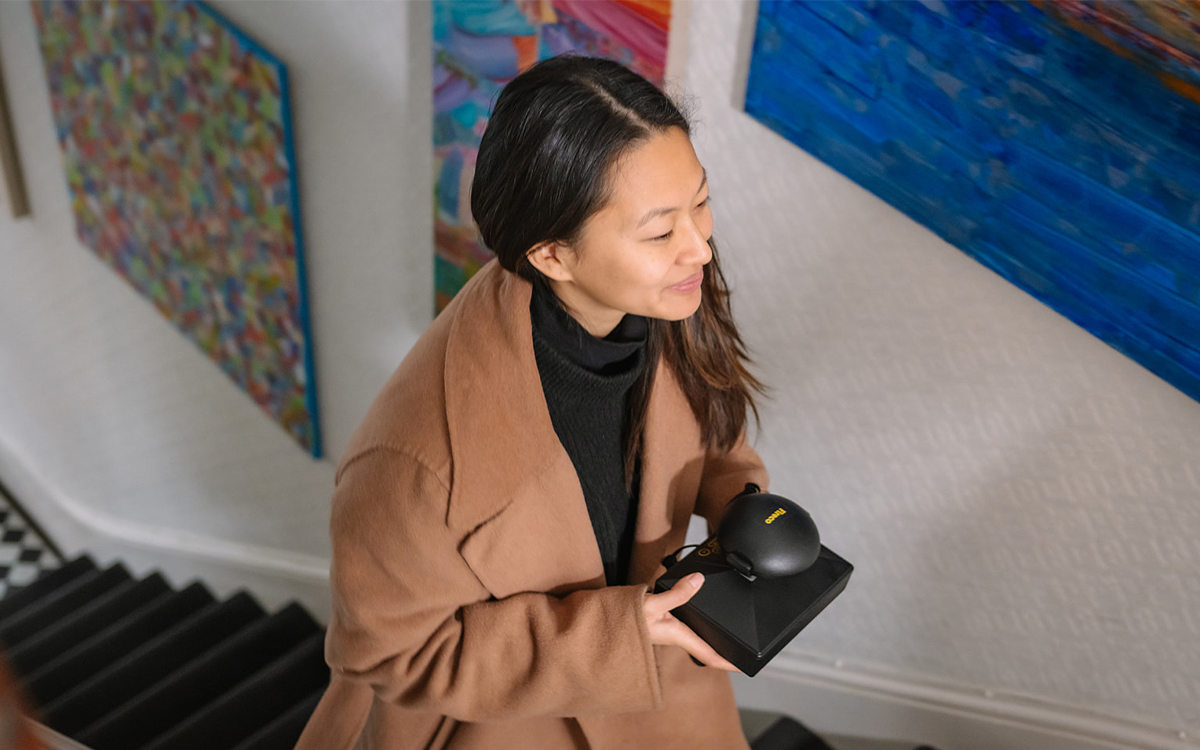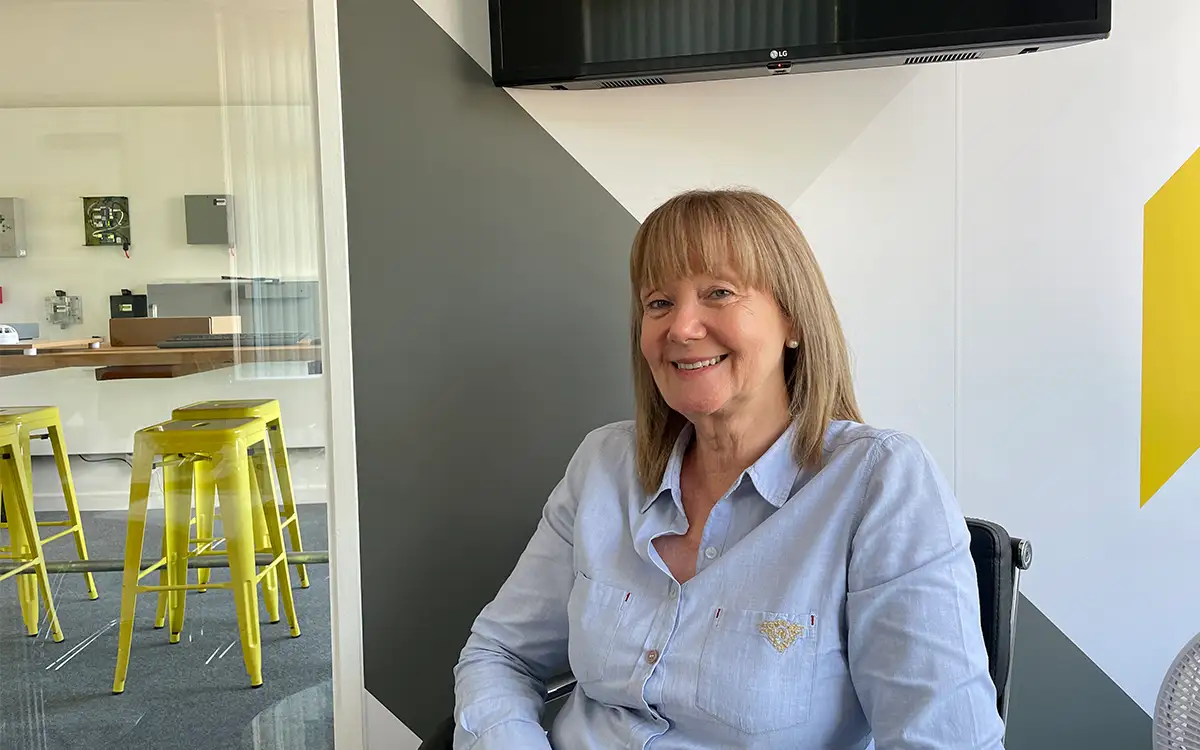Two years ago I instigated a smart home project within my household. As a massive tech geek, I’ve always loved discovering new gadgets. My interest began years ago watching American movies, seeing characters using a ‘clapper’ to turn off the lights. As a young boy this fascinated me and I always hoped that when I grew up I could use one of these devices in my home.
Fast forward to now. The clapper is still on the market… but I am yet to buy one! The reason? There are so many new types of products available that I can use in my house to give me that super-techy smart home feel.
Digital transformation is fun, innovative and can help your home and business adapt to modern challenges whilst keeping a clear focus on safety.
Home is where the smart is?
One of my smart swaps was to upgrade all of the lighting in my house so it can be controlled by voice. Who needs clappers, right? I’ve also invested in sensors that will trigger an automation when I enter certain rooms. So when I enter my garden office, the heater, TV and lights all turn on via the act of me walking in, and everything turns off when I leave. To some of you, this may seem unnecessary, but when using the office every day it gets annoying rummaging for various remotes. This automation saves me precious time.
The only issue I’ve faced since creating this smart home is not tech-related but human! Getting everyone in my household on board has proved trickier than expected. My wife and two daughters are not into gadgets and take some convincing when it comes to adding more smart tech to the home. For example, some of the smart lighting/triggers require the light switch to remain on so that the triggers can work without issue.
My wife still doesn’t quite get this and likes to switch the lights off, which in turn makes the automation I’ve created fail to work! This can be frustrating, and in some cases I’ve had to remove the light switch and update it to a WiFi one that essentially stops this from happening. However, this costs more money than originally planned and might require getting one of my sparky friends in to install them (just to be on the safe side).
My two daughters (15 & 8) are much better at living with this new tech, although at times they can still revert to old techniques, like their mum. But in fairness, once I’ve shown them how to operate this tech properly, they’re generally more open to the advantages that these smart gadgets can bring.
It all boils down to me trying to convince them that the old ways aren’t necessarily the best or most efficient!
Advantages to digital transformation
In some ways, my family is very similar to the fire industry when it comes to new technologies. The fire industry can be stuck in its ways and is almost scared to take a chance on it, without realising or appreciating its long-term benefits.
I feel this is because of the speed that technology has taken over; the advancement has happened so quickly that people feel like they’ve been left behind and maybe it’s too far gone for them to even understand the basics. This is not the case; technology is there to support our needs. Yes, it may take a bit more time to fully understand how to use it to your advantage, but in most cases, technology is used to speed up processes, systems and behaviours whilst limiting the risk of human error.
A good example of this is the Food Industry. Ordering food to our homes used to be a lot more hassle than it was worth. You would have to call the restaurant, check if they offered delivery, place your order over the phone and take a trip to the nearest cashpoint if you didn’t have the right amount of change on you.
Nowadays, it’s become dangerously easy to indulge in our favourite cuisines as technology has bridged the gap between the supplier and customer. You simply have to open your favourite food app service, scroll through a vast number of restaurants and place your order – you don’t even need to move from your seat until it gets to the door. We have seen a huge increase in this type of service throughout the pandemic and those establishments that didn’t embrace the change soon realised that they were missing out on a big piece of the pie.
How can digital progression help to modernise the fire industry?
Fireco has always prided itself on moving with the times and this can be seen in some of our latest releases. Our Pro range is able to offer the same compliance as other standard hardwired systems but ours utilises radio technology to communicate with connected devices rather than drilling into walls to hide cabling. Not only does this save on installation costs for the customer but offers a new way of ensuring the highest levels of compliance are reached.
The Pro range is also equipped with InSite, a remote viewing software that enables you to check on the status of your devices anywhere in the world. This type of technology can be used by customers and installers to help them maintain their systems and avoid faults and issues from going under the radar.
The DMS software, also part of the Pro Range, allows business owners, managers and even visitors to be made aware of emergency events happening on-site using their very own mobile phones, tablets and laptops.
These products are designed to give you complete control. You no longer need to get out of bed to turn off the ‘big light’, you no longer have to leave the house to get dinner and you no longer have to worry about whether your business is safe and compliant.
To find out more about how our Pro range can help you with building management, watch our video or call us today on 01273 320650.
This blog was written by Zac Sang, our Business Development Manager and Webinar Host.








Absolutely brilliant information . So useful to know these things from a different angle .
Nice article Zac. I’m currently working on digitally transforming our operations, and in doing so reducing paperwork, optimising broken processes, and reducing errors. I like the family analogy, it is a bit of an uphill challenge to get everyone on board – you have to sell the benefits.